Newsletter, April 12, 2025
Marking the fifth anniversary of the beginning of the COVID-19 pandemic in New York; an invitation to "Finders Keepers" at Springs Projects in Brooklyn, curated by Hannah Beerman and Cate Holt.
Over the past few weeks, I’ve come across a number of reflections marking the fifth anniversary of the beginning of the COVID-19 pandemic in New York. They prompted me to pull together some thoughts about my own pandemic experience and a photo dump from my phone for this month’s newsletter. If you can’t bear to revisit NYC lockdown, just skip to the end for the invitation to “Finders Keepers.”
In 2020, J and I were still living in a pint-sized apartment on West End Avenue near 96th Street. I have to admit, the first four weeks of lockdown were kind of delightful. No kids to homeschool, no older relatives in nursing homes, just endless time to hang around like I was a lazy teenager again. I had been watching the virus spread in Italy and became more alarmed than most, skipping the art fairs, cancelling my daughter’s 21st birthday party, racing around looking for masks, and trekking to New Jersey to stock up on canned goods.
As the inevitable lockdown unfolded, I designated the spot between the bed and the back window “the porch” and spent most days there, looking out the window onto Riverside Park, the Henry Hudson Parkway, and the Hudson River, reading, posting daily drawings, and of course doom-scrolling on my phone. Each day, I watched Cuomo’s pressers (he leveraged the second person like a gangster – you this, you that – but then he was a welcome antidote to the defiantly disengaged Trump) and picked a recipe from NYT Cooking for dinner. The tiny galley kitchen became the gym where I lifted weights and tried to stave off muscle atrophy. The previous five years I’d spent most of my time at my studio in Brooklyn, a long commute that the subsidized rent made worth the extra time. Once lockdown kicked in, I finally got to be an Upper West Side local, loitering in Central Park with my binoculars, spotting birds, playing amateur botanist, and taking old man Ernie, the last of our two shih-tzus, out for walks. It all seemed novel.
During the day, West End Avenue was closed to traffic, transforming each afternoon into a parental block party zone populated by grown-ups with beverages in Solo cups and kids racing around on scooters, bikes, and skateboards. On all sides, moving trucks began appearing in droves, packing up apartments and whisking families off to country homes or upstate rentals. Entire buildings seemed to go dark. My neighbor, a graphic artist at the New York Times, moved to his girlfriend’s family’s house in New Mexico. Like so many who relocated, he never came back. For some artists who had lived their entire adult lives in utilitarian NYC apartments while grinding out studio rent, it was as if they were giddy with freedom, breaking free of an abusive relationship. When the city was designating “essential workers,” we artists realized how inessential we really were.
Every night at 7 PM, those who remained would hang out their windows to bang pots and pans, as if in concert with the relentless ambulance sirens. The official purpose of the noisemaking was to appreciate and celebrate the tireless first responders who were fighting a disease so deadly that portable morgues had been positioned outside overflowing emergency rooms. It was touching and cathartic in a medieval sort of way – a ritual community release from anger, stress, frustration, and fear.
At this point, masks had become mandatory, and fancy handmade ones were to an extent de rigueur since the clinically optimal N90s were so hard to come by that profiteers – some within our own government – were importing them from other countries and selling them at huge markups. We masked up even for quick trips outside to walk Ernie. We also used equally dear hand sanitizer religiously and carefully washed all the food packaging.

Notwithstanding the percolating fear of the virus itself and the rising death reports each day, I was glad I stayed in the city. Artists love solitude, so, with the galleries and museums closed, those free of child-rearing responsibilities got to spend their time working, without any pressure to get out, see art, and go to openings. Adjuncts accustomed to traveling to distant universities and art schools to teach held forth from the comfort of their homes via Zoom. I was teaching at the New York Academy of Art and the University of Connecticut, and at times it was hard not to think that the students were missing a first-rate education. For some, though, getting the degree was more important than the process, and they plowed on. I’ve always thought that teaching and giving artist talks were a lot like being a stand-up comedian, honing the material over in-person performances that afforded direct and tactile feedback. When you can’t be sure the jokes are landing with the audience, refining the delivery is impossible. I participated in a few online shows, including NADA, and enjoyed the asynchronous online experiences. Mail art projects were popular, too. We felt like were pitching in to keep the US Postal Service afloat in anticipation of a mail-in-ballot deluge during the election.
When we felt like seeing friends who had also decided to shelter in place, we schlepped folding chairs, bags of take-out food, and bottles of wine to Central Park for dinner gatherings. At home in the evening, we binge-watched great TV. Standout series included The Restaurant, a stylish generational drama presenting postwar Swedish history through the lens of a beloved Stockholm brasserie, and The French Village, a heart-wrenching epic about the German occupation of France during the Second World War. I remembered that one of my old classmates had parents in the French Resistance and I looked him up. I found out he is living a quiet life down south, divorced, and working in a REI-type outdoors shop. No, Philippe told me, he didn’t want me to share his whereabouts with anyone from our high school. Fair enough.
After six weeks of lockdown, I had the epiphany that Covid might go on forever. It was at this point that I stopped keeping a diary of Covid drawings and started planning my return to the Brooklyn studio. Reports about the subway crime were bad, and so my bike became my transportation of choice. I pumped air in the tires and began riding back and forth to DUMBO every day. Like a farmer, I made sure I left the studio in time to be home by dark and stayed home when it rained. For me and others who were able to get to their studios, these were incredibly productive days, yielding entire bodies of new work. Eventually, though, reopened galleries stopped doing “Covid shows,” of work made during lockdown because it became something of a cliché. The art world prefers to focus on the eternal present, as it were.
The deserted city was surreal. The streets were empty except for the people living in tents under the bridges and hanging out in the smaller public parks like Sara Roosevelt on the LES, which was on my bike route to DUMBO. They had always been there, of course, but you never fully appreciated them amid the throngs of other people. During Covid, only they remained. Riding down Fifth Avenue or through Times Square was eerie and thrilling. In May, after the George Floyd murder, when the massive BLM marches and protests began, shops started boarding up their windows. We worried that the city would never bounce back.
My studio was at 55 Washington Street, said to be the most oft-photographed location in the city owing to its sublime keyhole view of the Empire State Building beneath the arch of the Manhattan Bridge, but the streets there were also empty. The creative tech people had left my building and were working from … somewhere else. In time, other companies started moving out, too. To draw people out of their safety cocoons, Washington Street was closed to traffic and the DUMBO Business District deployed café tables, taped with six-foot social-distancing perimeters The goal was to help keep the restaurants alive, and it seemed pretty effective.
For DUMBO Open Studios, instead of inviting visitors into my space, I did a talk-radio-style marathon on a new app called Clubhouse. Like old fashioned radio – live conversations in real time, without recordings – Clubhouse seemed made for people isolated in far-flung places during lockdown. When the platform added a recording option, I turned the conversations into podcasts. But once we started recording the sessions, they required so much preparation that they weren’t quite as much fun as the more improvisational free-for-alls.

By February 2021, with Biden in office, I was scouring the health and pharmacy apps each morning, scrambling to secure reservations to be vaccinated. One day we drove up to Poughkeepsie, but I had gotten the day wrong, and we returned to the city unvaccinated and deflated. Fortunately, I snared vax reservations at a big hospital in the Bronx the very next day.
I finished enough new paintings during lockdown for a solo show. “Morning in America” opened at Theodore:Art – the last show in Stephanie’s old Bushwick space at 56 Bogart Street. Rents in the city had dropped so much that Brooklyn galleries like hers were able to afford space in Manhattan. The title of the show alluded to my “Good Morning Drawings,” a series I made on the phone and posted on Instagram each morning during the Trump years. Many of us thought the Trump scourge had conclusively ended, so there was a palpable sense of relief. We had survived Covid and Trump. What more could we want?
Five years later, here we are, besieged again.
Hang in there,
Sharon
Upcoming:
My studio is in Long Island City now, but I’ll have several two-sided paintings on view during DUMBO Open Studios (April 25-27) in “Finders Keepers,” a group show at Springs Projects curated by Cate Holt and Hannah Beerman. Please join us for the opening reception on Friday April 25, 6–8 PM.
Artists include Sylvia Atwood, Sharon Butler, Wells Chandler, Erin Lee Jones, Julia Kunin, Sam Linguist, Keiko Narahashi, Katherine Spencer, Steven Thompson, Scott Vander Veen, and B. Wurtz.
“Finders Keepers” Springs Projects, 20 Jay Street, 3rd Floor, Brooklyn, NY, April 25–May 31, 2025.

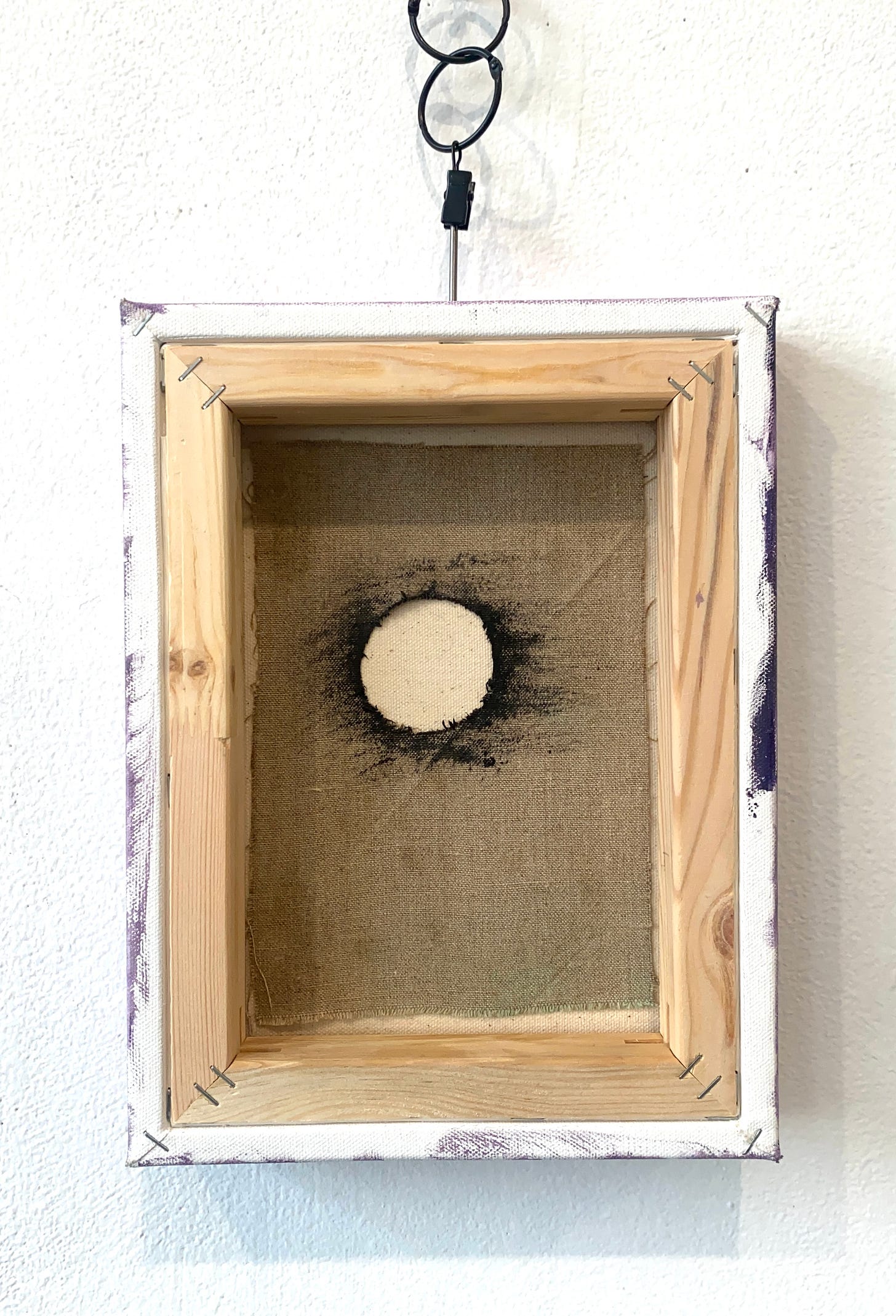
To see images and information about recent projects, visit my website at www.sharonlbutler.com. Follow me on Bluesky at @sharonbutler.bsky.social and on Instagram at @sharon_butler. See you IRL in LIC.



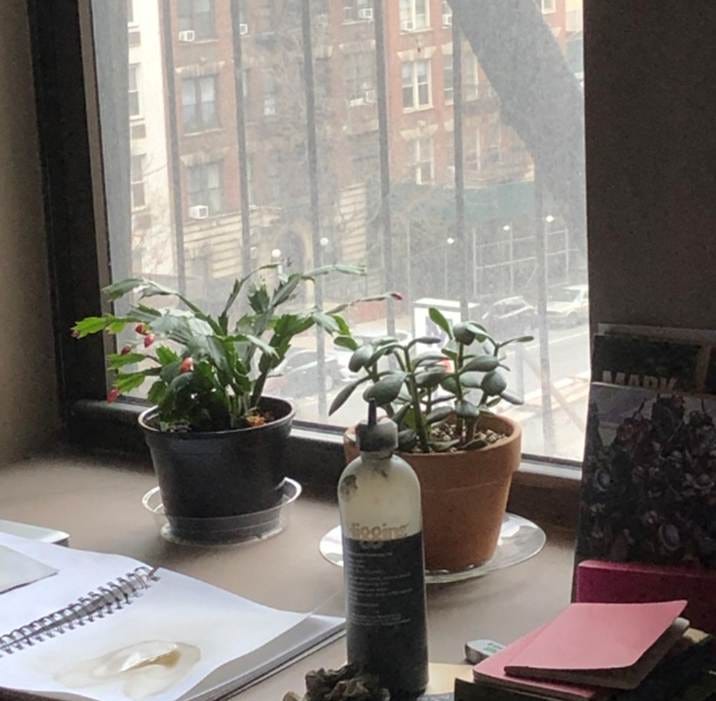
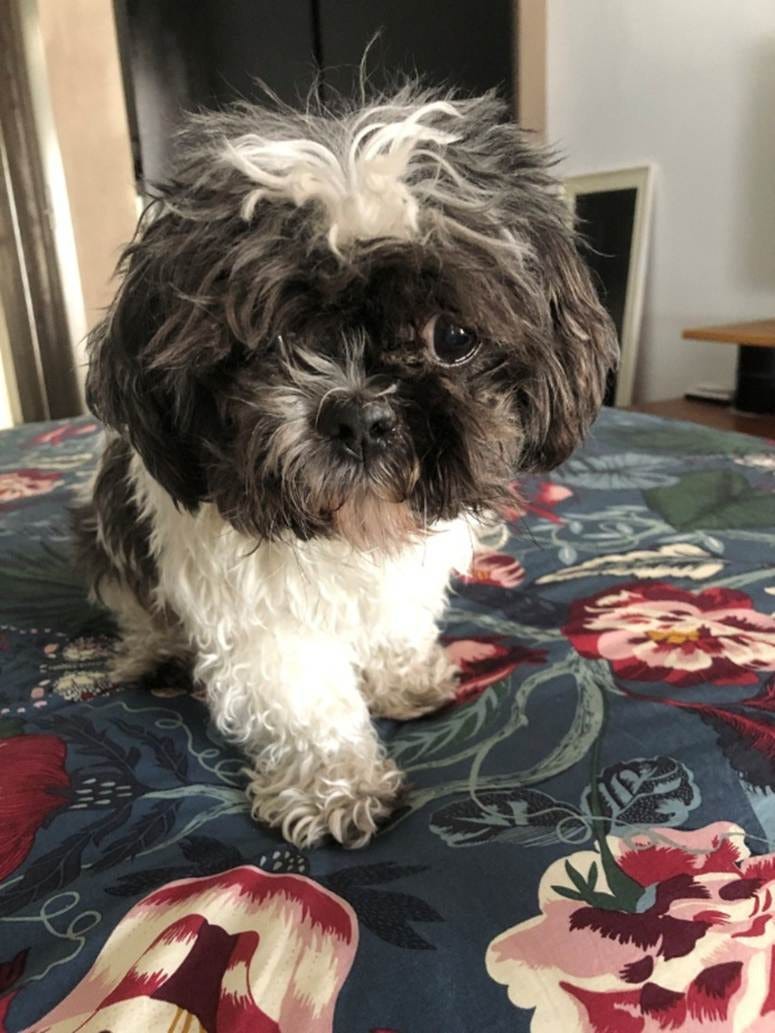
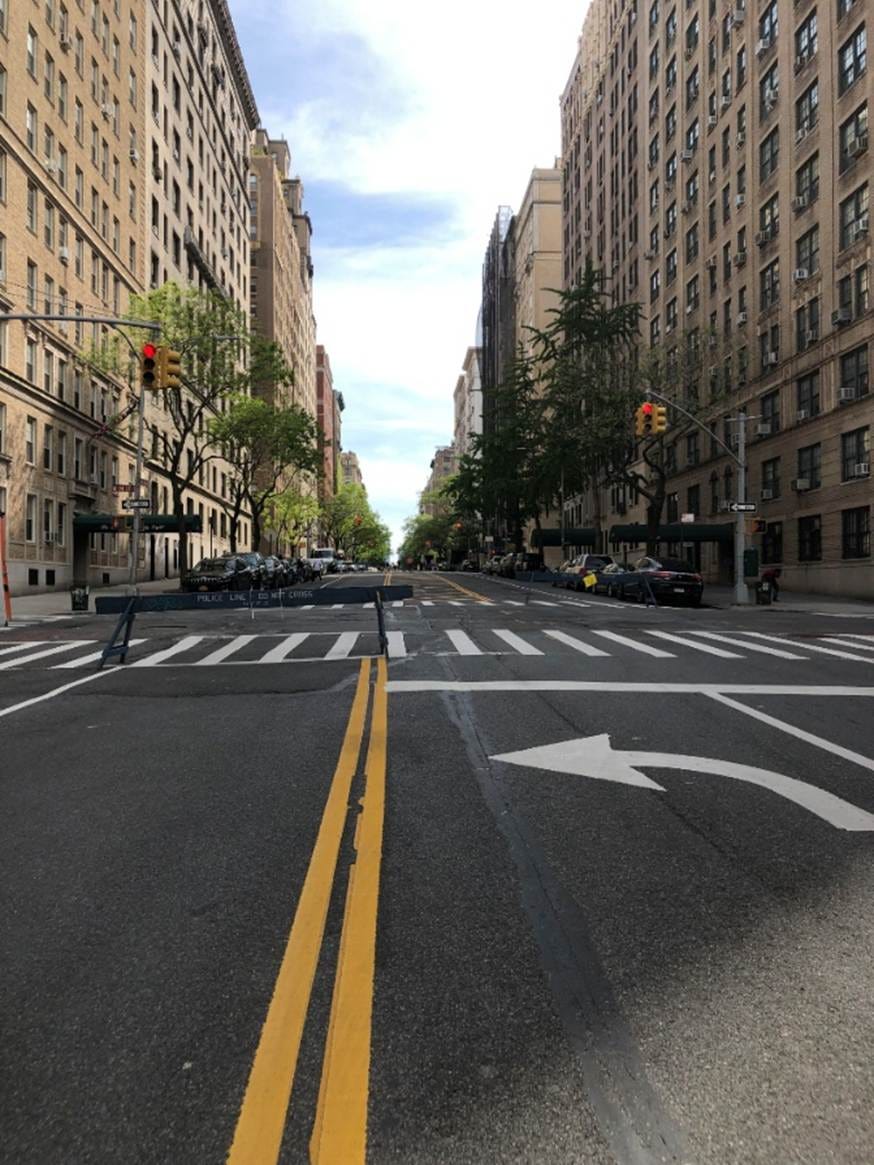
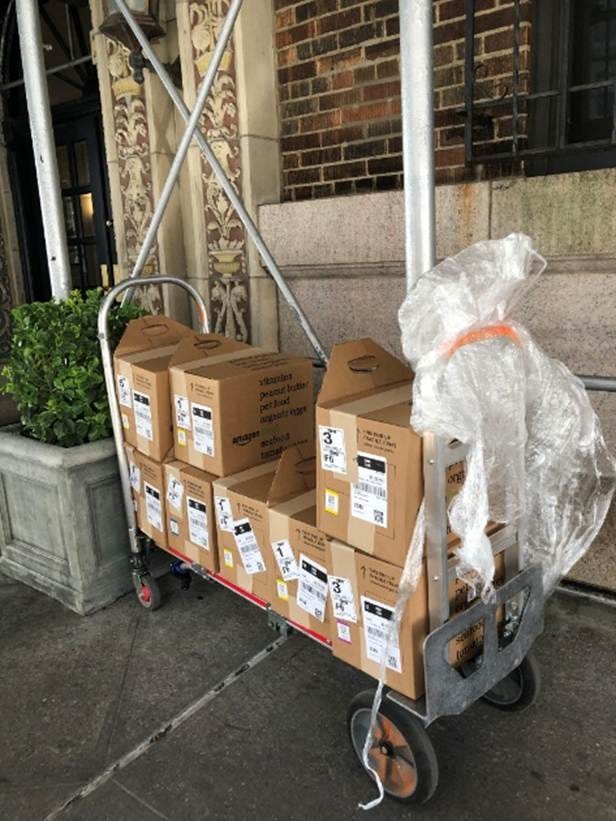

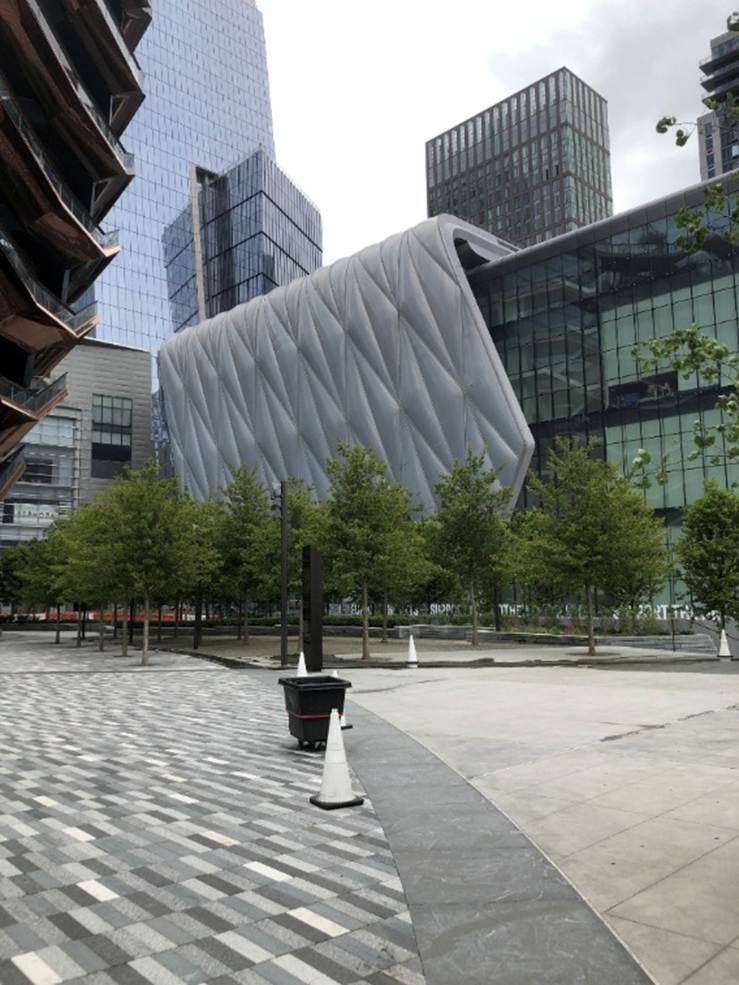
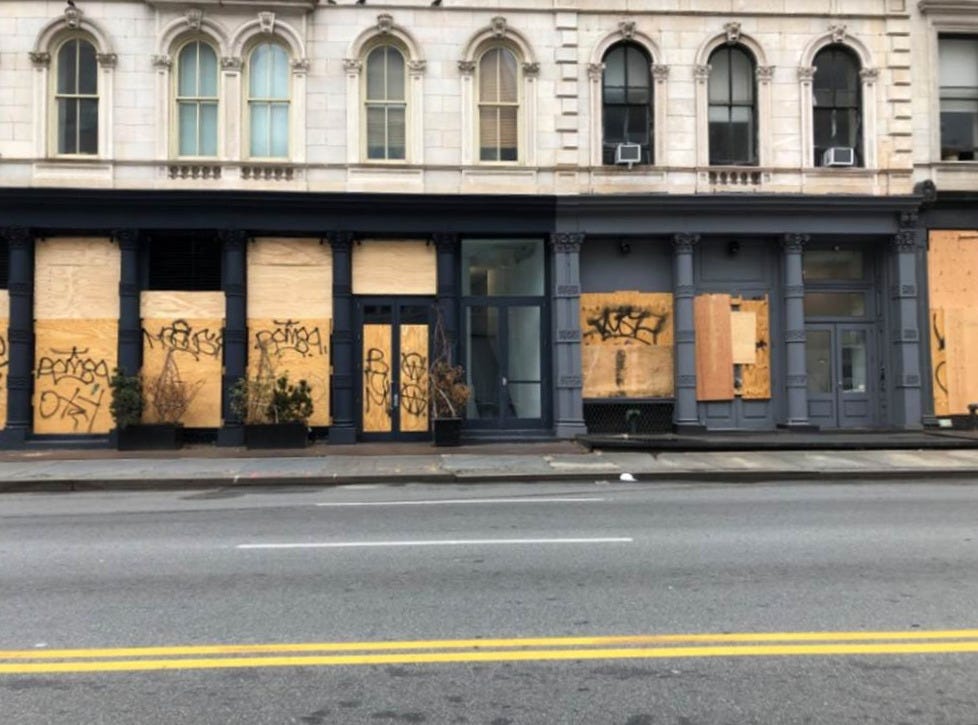
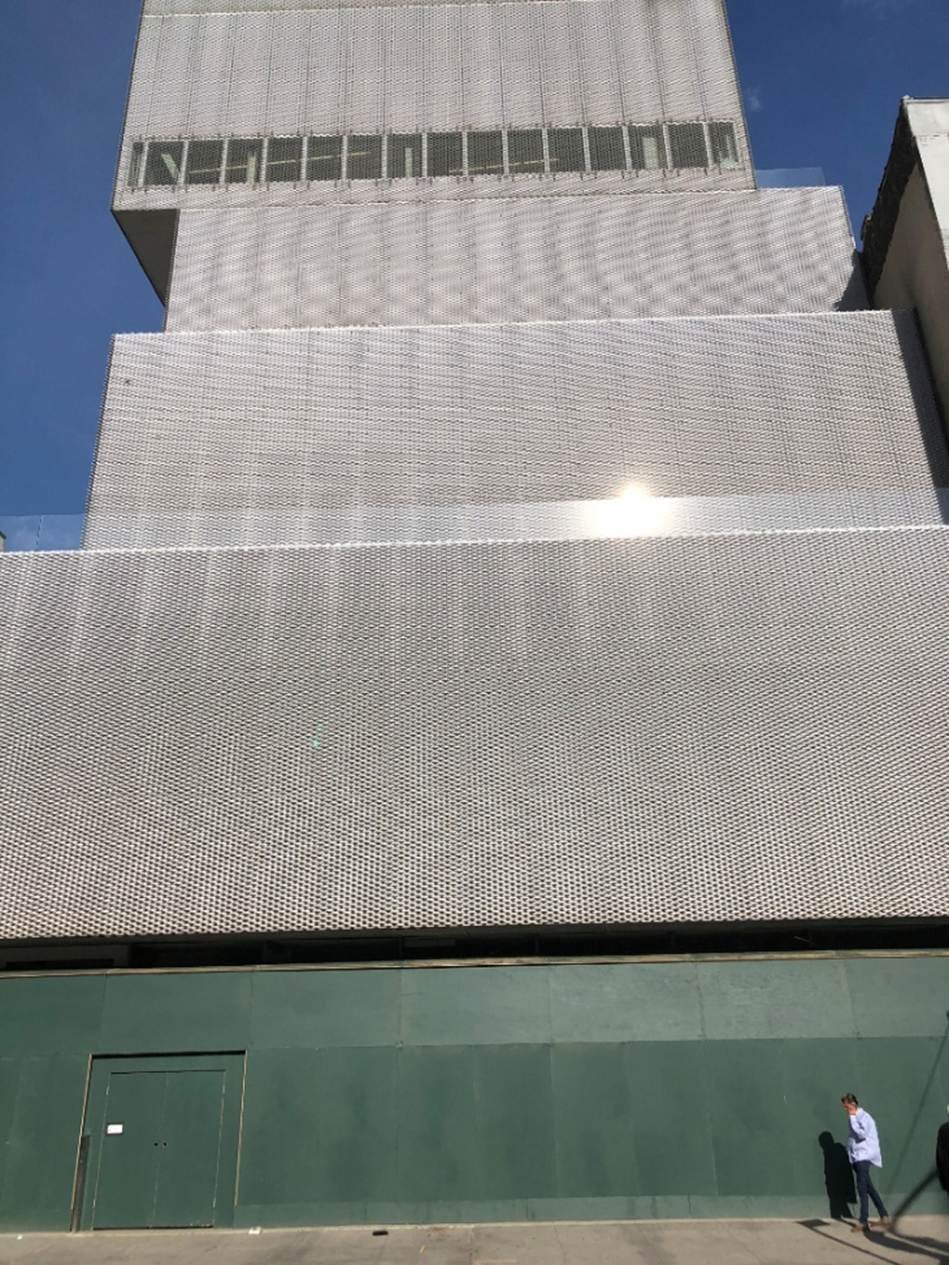


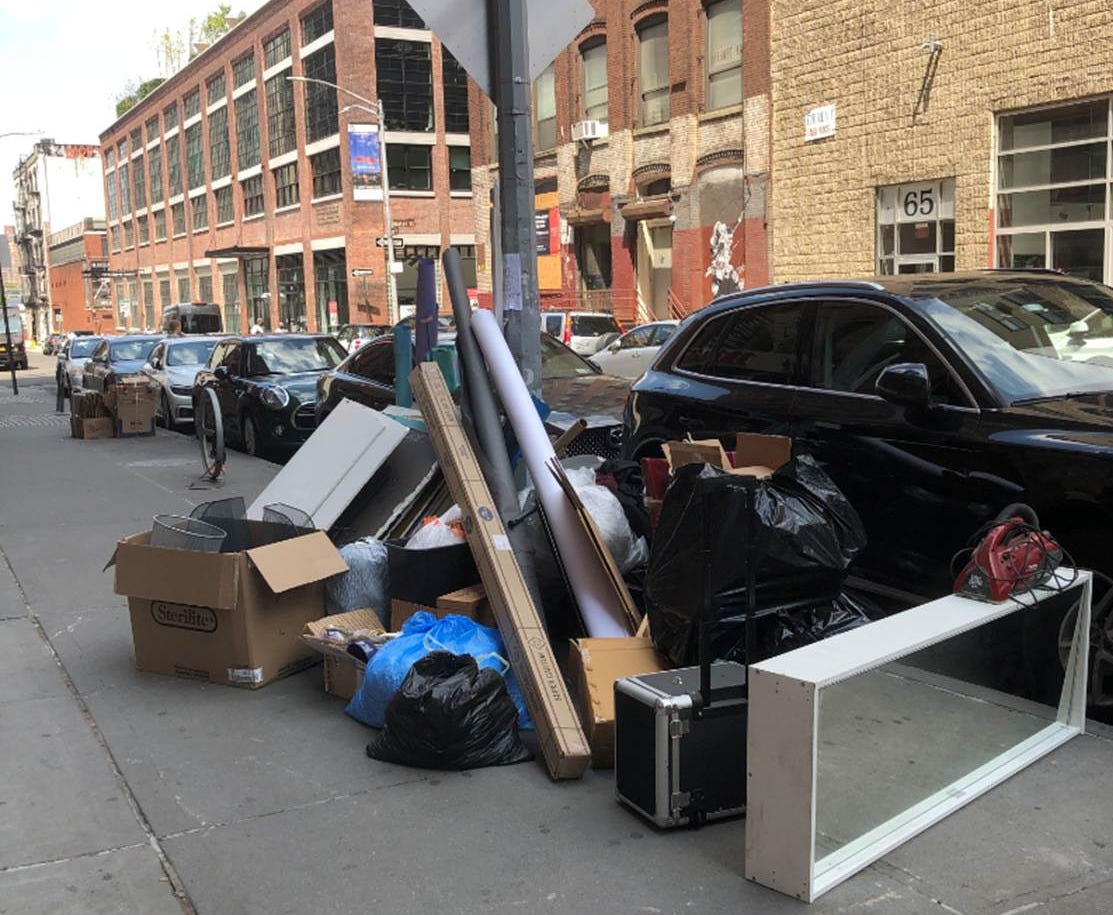
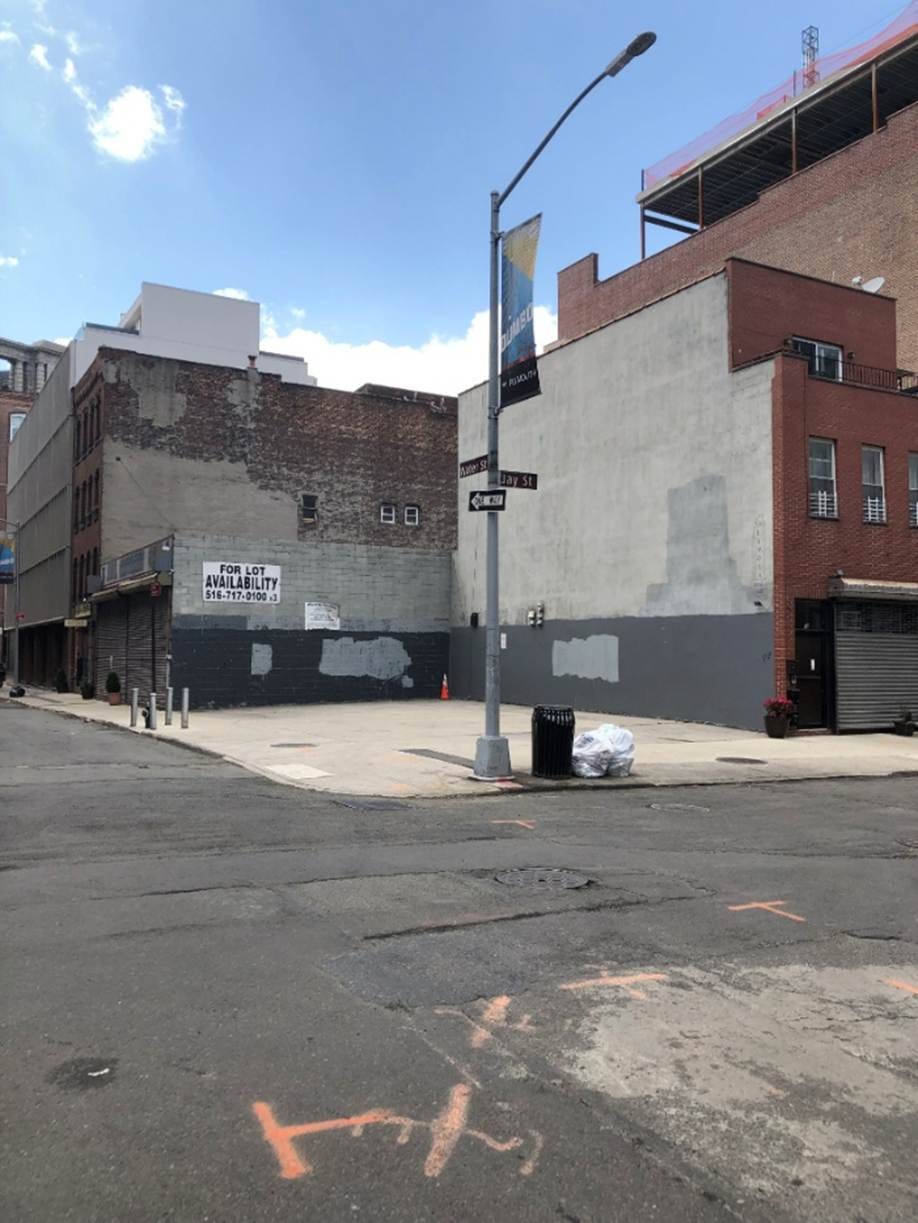
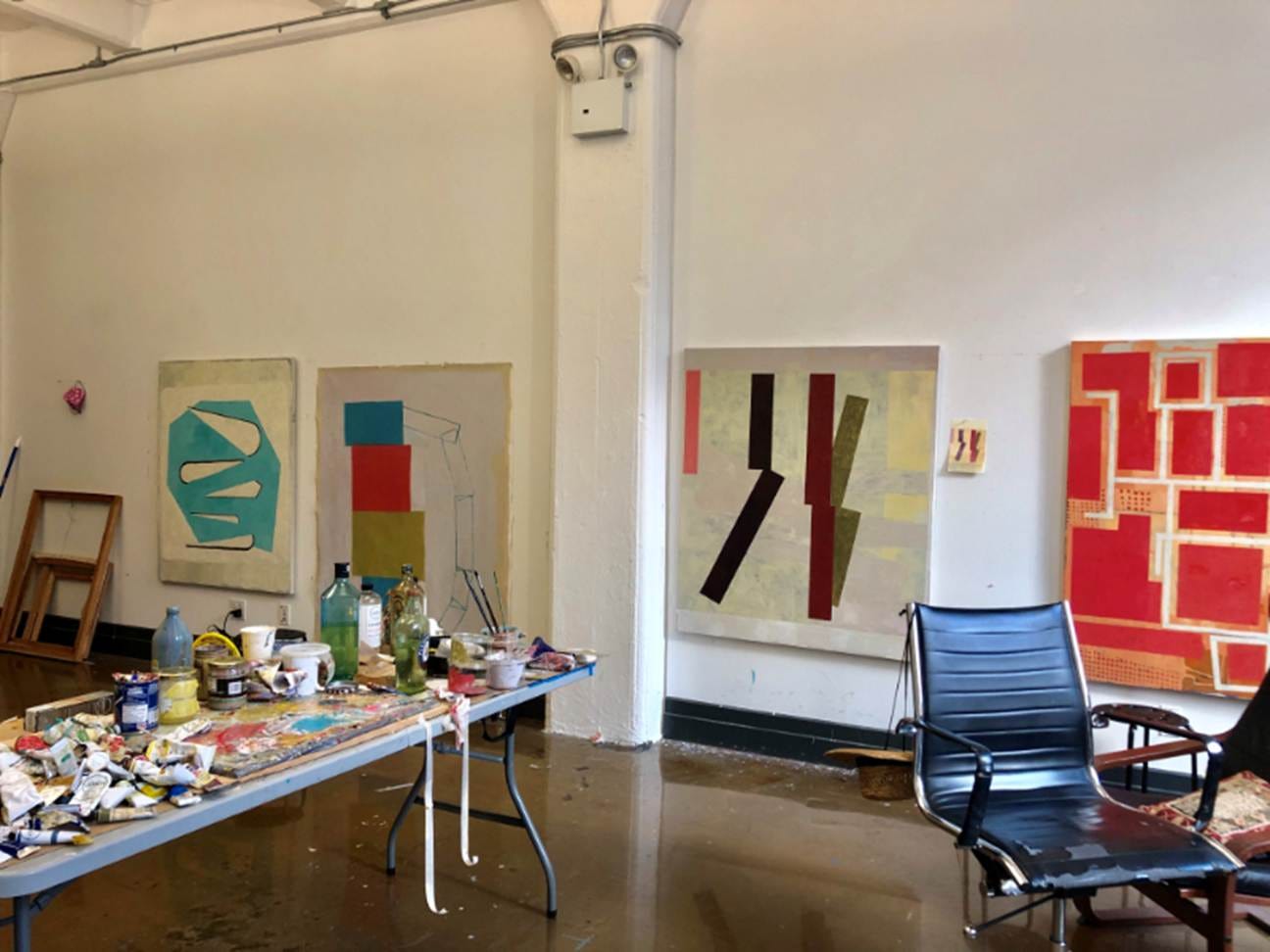
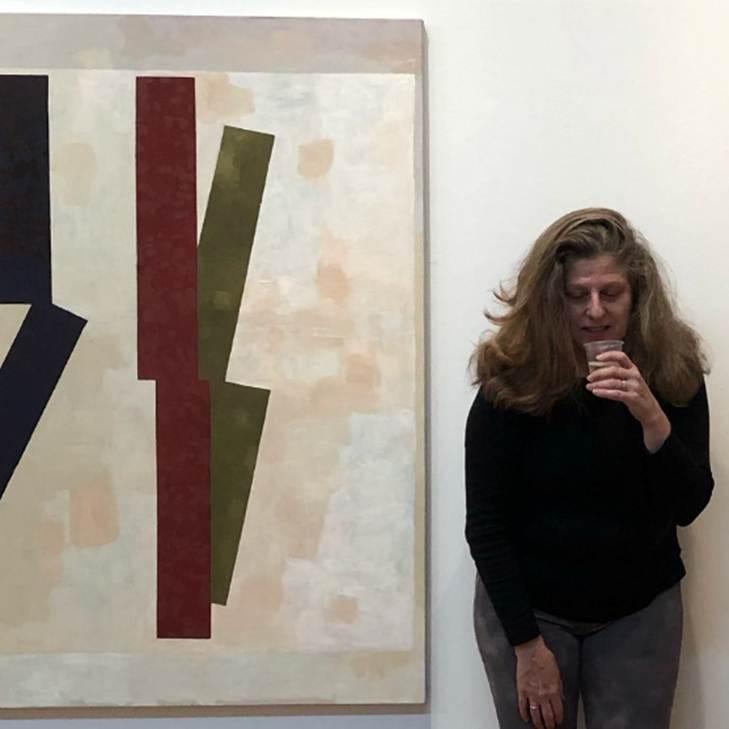
love reading your reflection. oh how different for me.
It’s a tough flashback personally- thanks for sharing. Similar experiences although radically different environment.